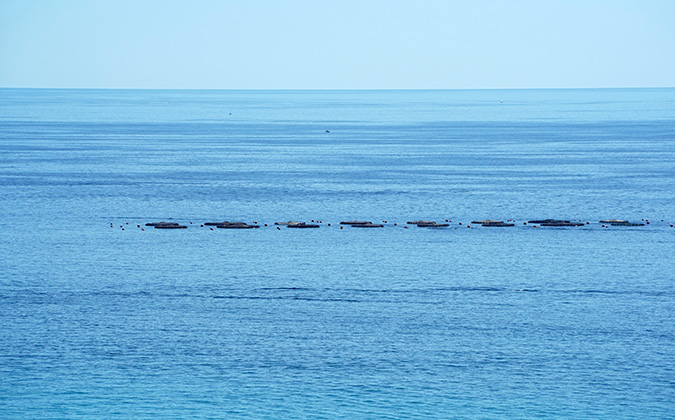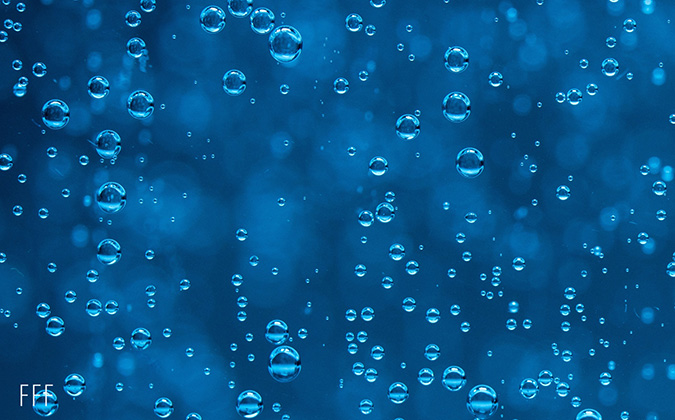
Exposed, offshore salmon farms may complicate fish-health challenges
Life on exposed offshore aquaculture sites may increase the susceptibility of farmed Atlantic salmon to parasites and pathogens.
In field research presented at the Aquaculture Europe conference, no direct effects of wave exposure were seen on either fish mortality or sea lice infestations, but it was connected to worsening other issues commonly faced by salmon at sea, said Tim Szewczyk, PhD, of the Scottish Association for Marine Science.
Interacting stressors
On high-exposure sites, mortality increased more steeply at temperature extremes compared to less-exposed sites, while there was an increase in lice infestations at high temperatures and stronger co-incidence of sea lice and amoebic gill disease.
“What these results seem to suggest is that [wave exposure] acts interactively with other stressors — that it essentially may be a chronic source of stress for fish living in these more wave-exposed environments, which then reduces the amount of additional stress that the fish can absorb without experiencing negative effects,” he explained.
Salmon producers are increasingly exploring the possibility of moving production further offshore, seeing stronger waves and currents as a way to potentially disperse waste more effectively and reduce the impact of threats to fish health. However, this logic is largely based on speculation, Szewczyk noted.
“These more-exposed farms may be better suited to shorter production cycles and lower-target fish weights, to adjust to the conditions that the fish are experiencing,” he said.
The risk of rising temperatures
Climate change may further complicate matters.
“We saw this increased mortality and increased lice infections at high temperatures in offshore sites. So, we might expect that at the more-exposed sites, as temperatures warm, that mortality and number of lice would increase more dramatically compared to less-exposed farms,” he continued.
Despite this risk, improvements in the resolution of statistical models around climate are needed to be able to make confident predictions about what the temperatures will be at specific locations.
“As time goes on those models will get better, and we’ll have an increasingly long-time series of changing temperatures so that maybe we can extrapolate and be a little bit better prepared,” he added.
Posted on: December 05, 2022






